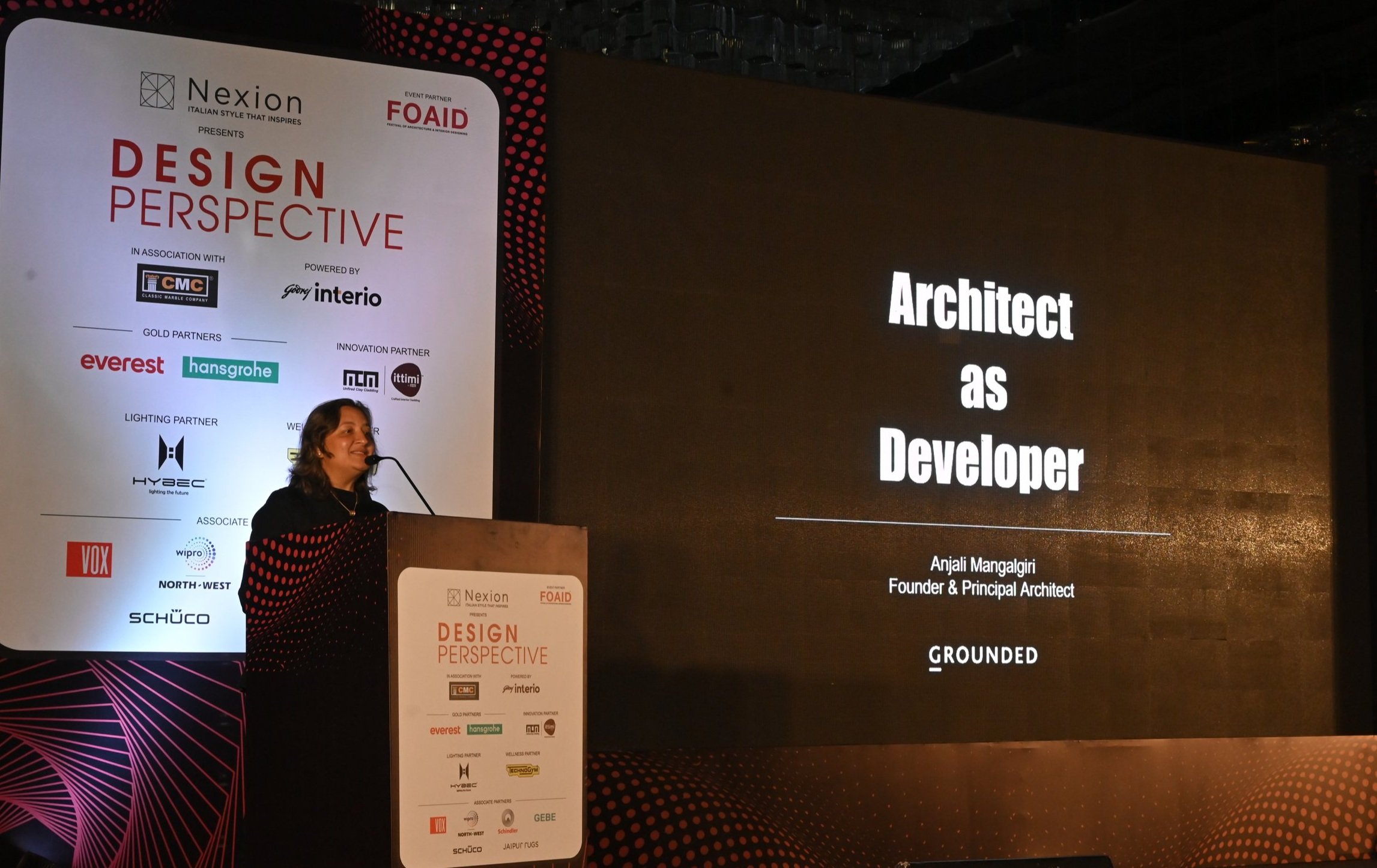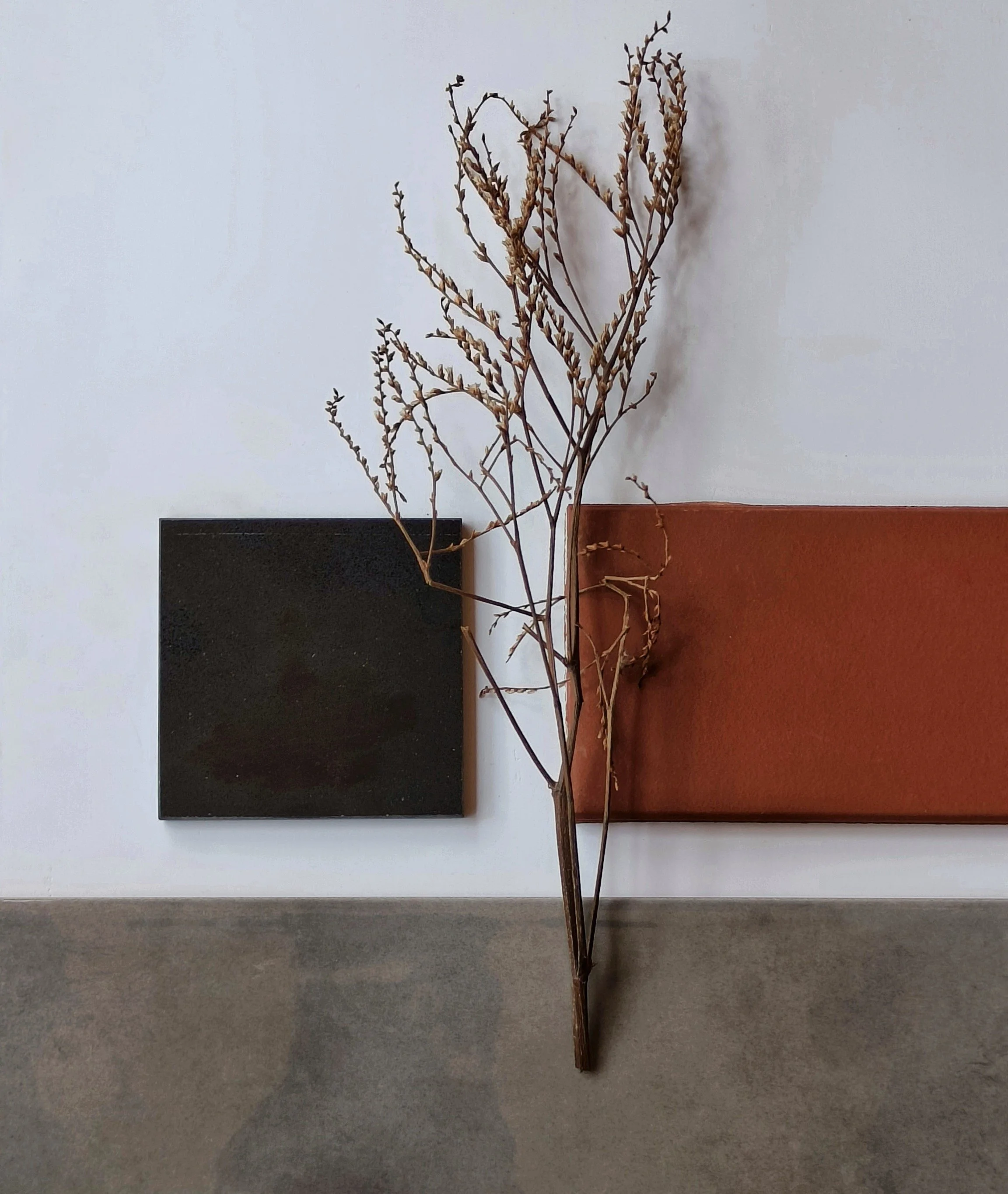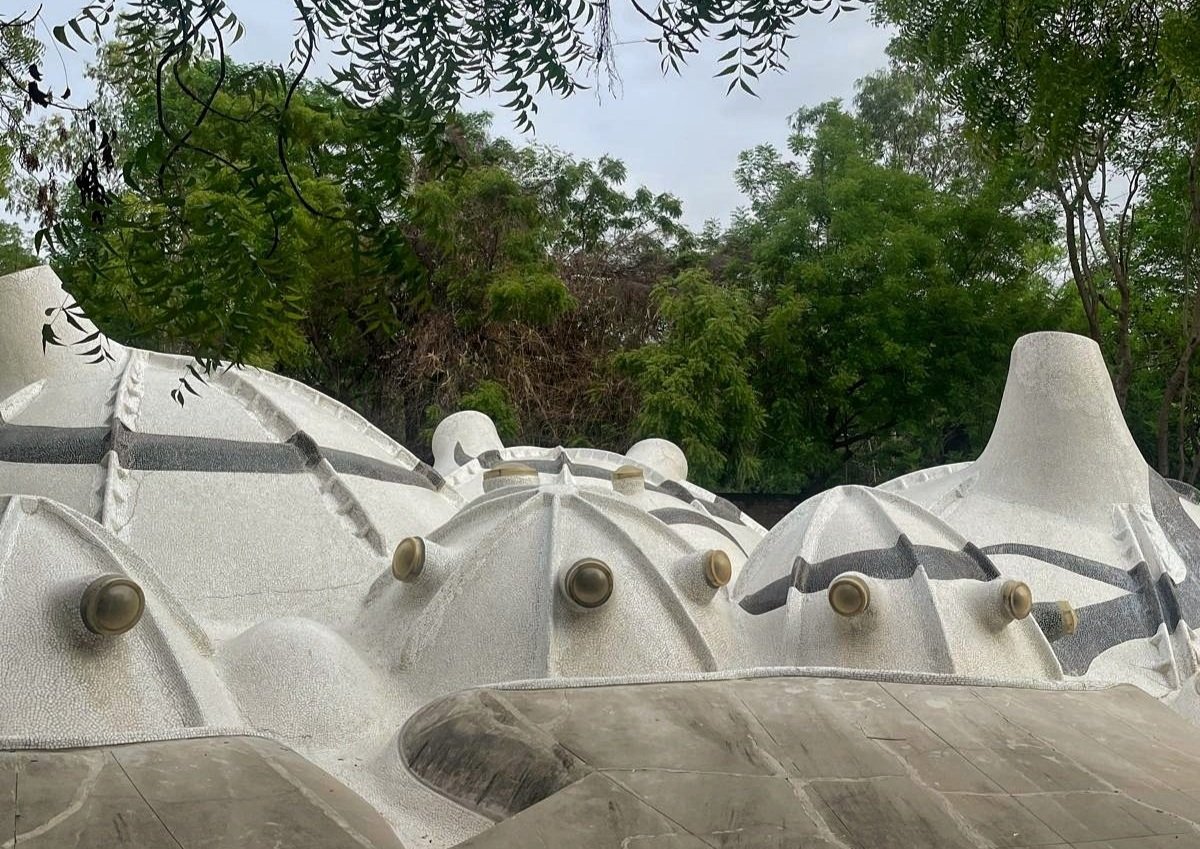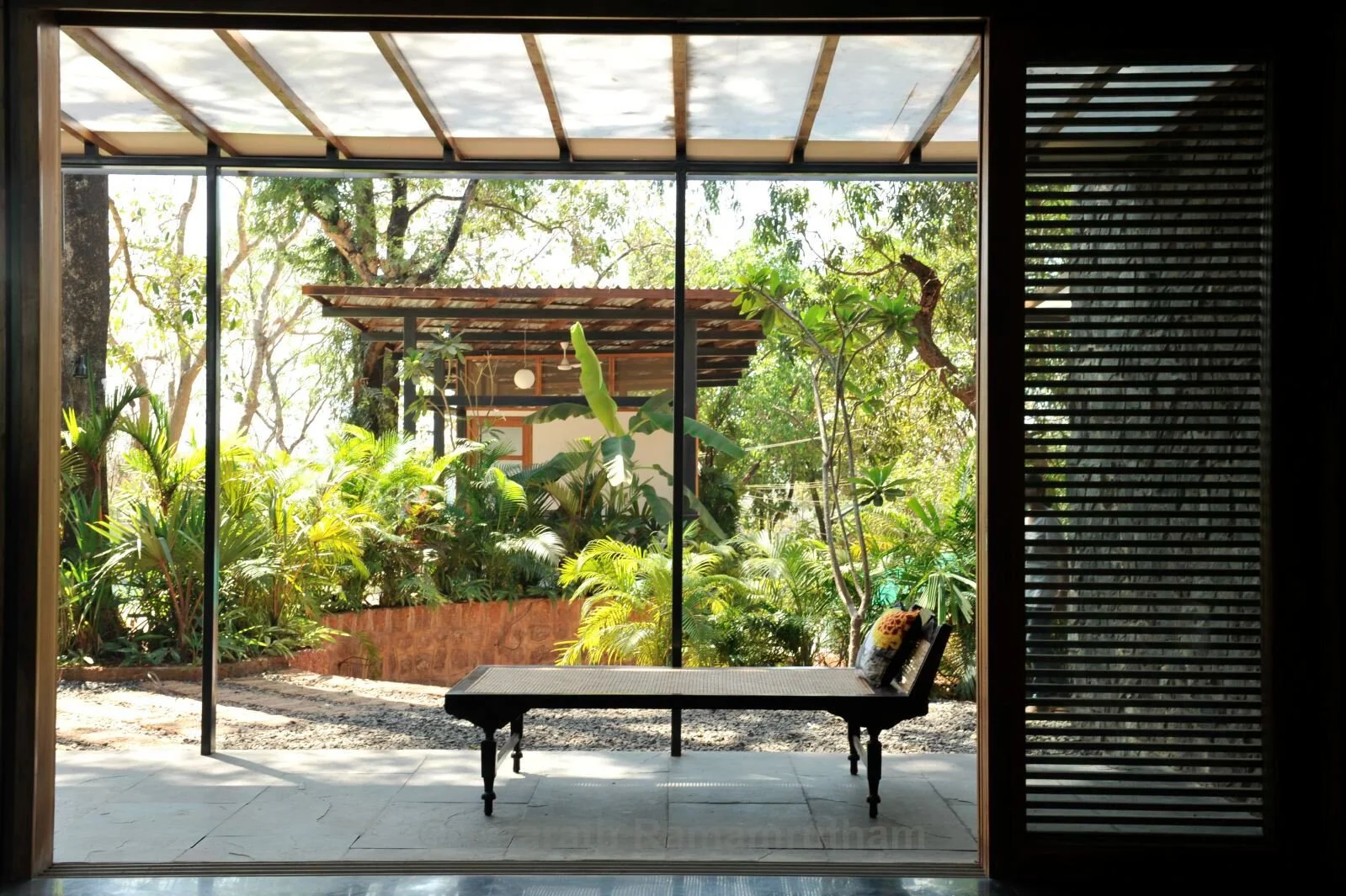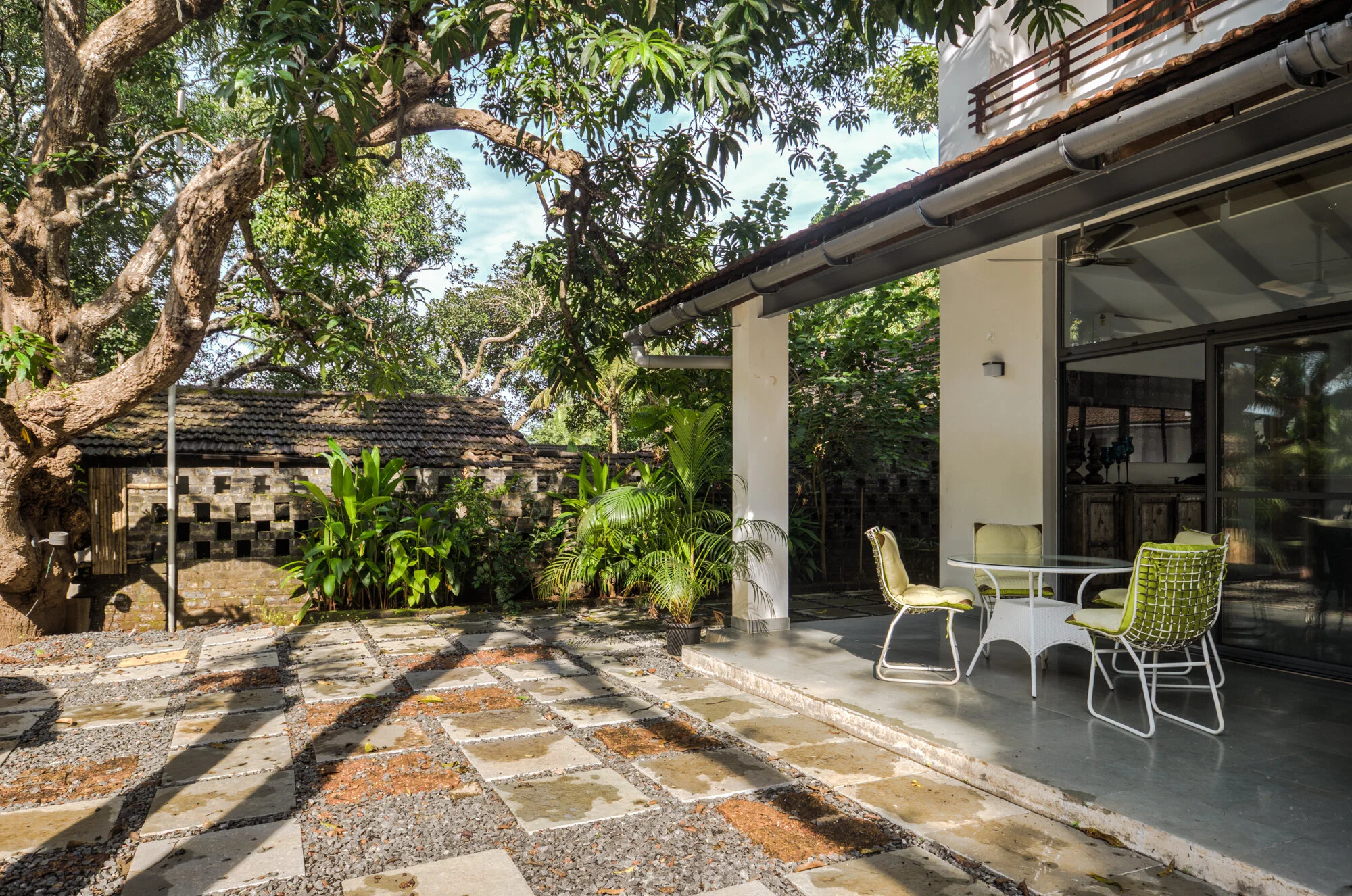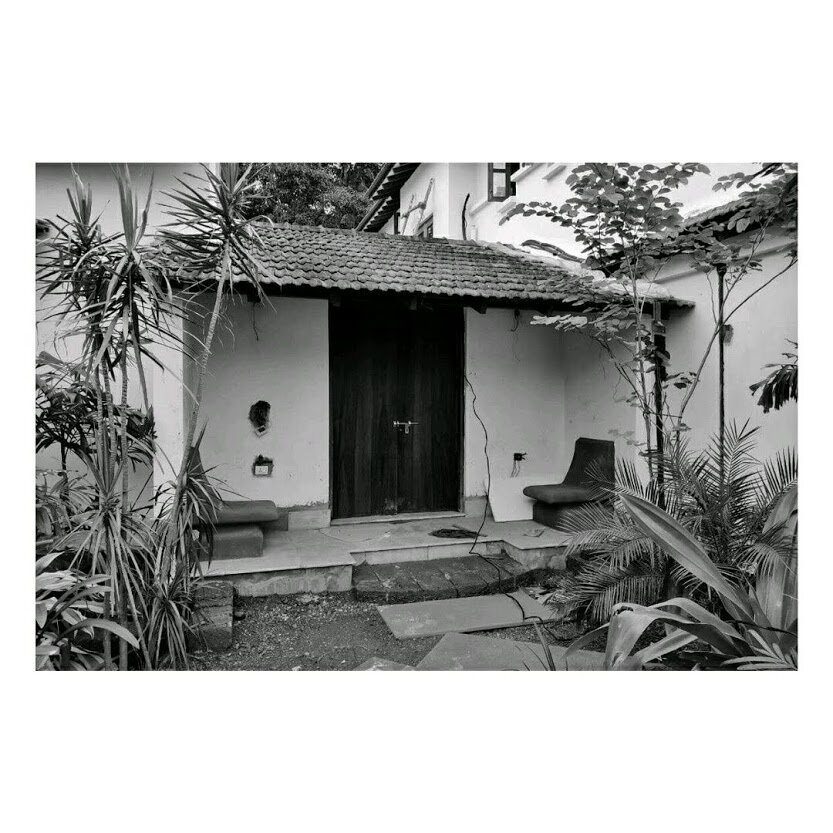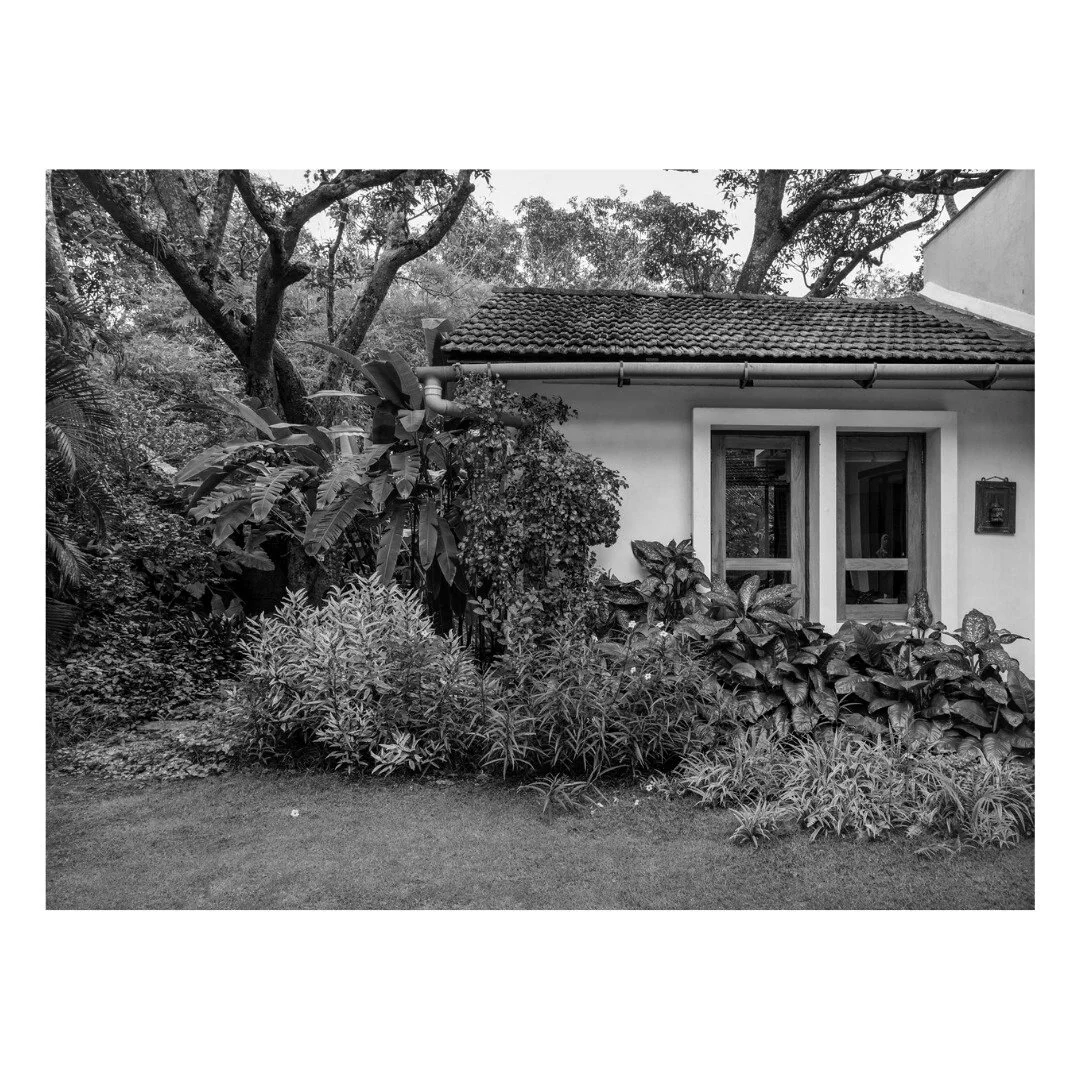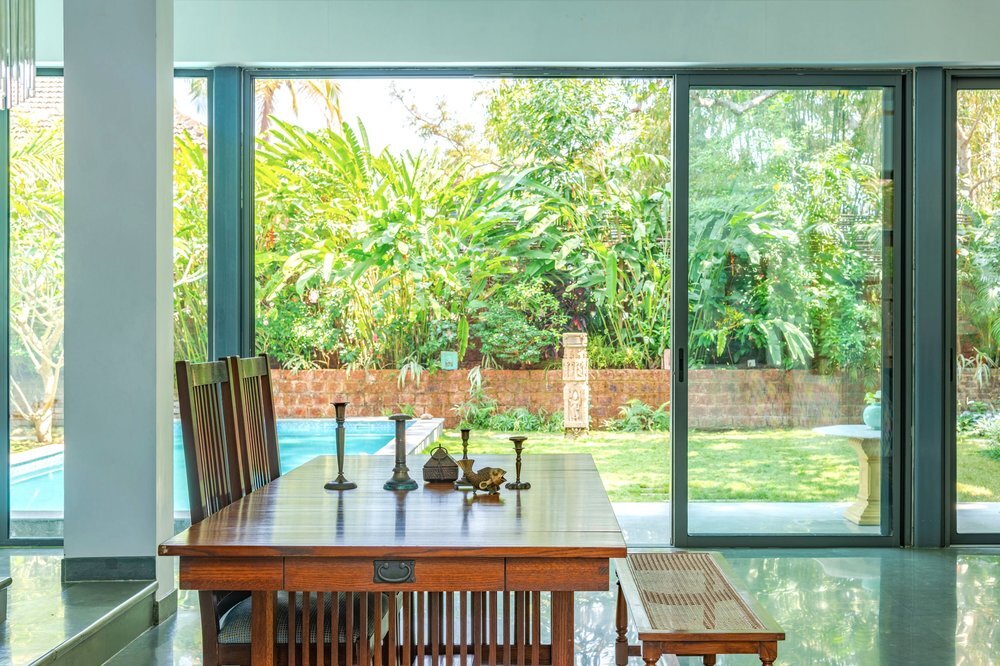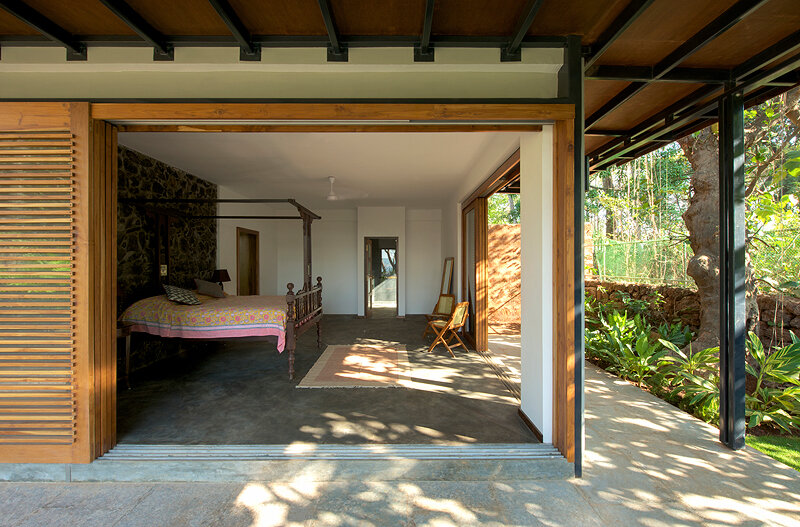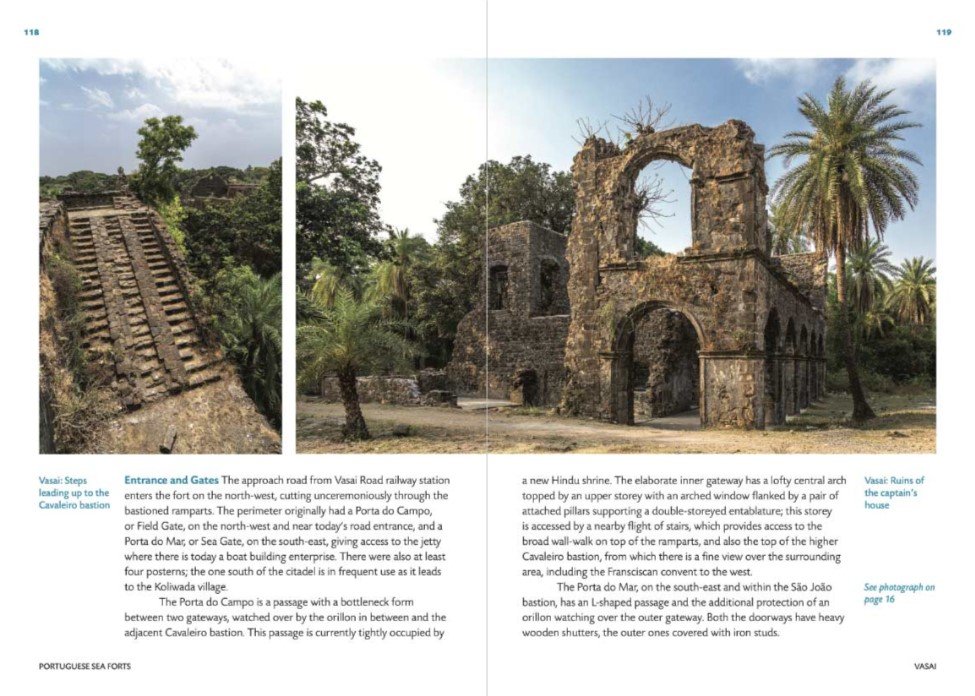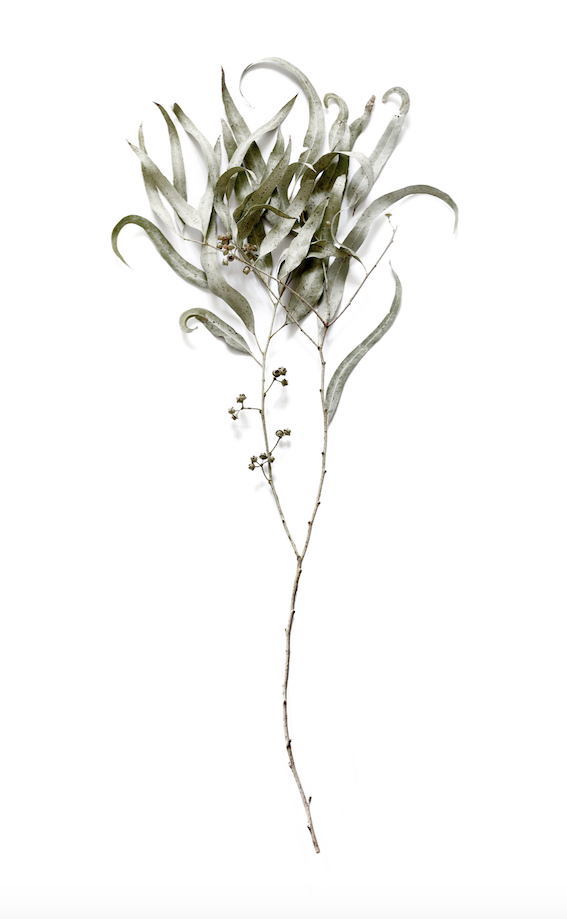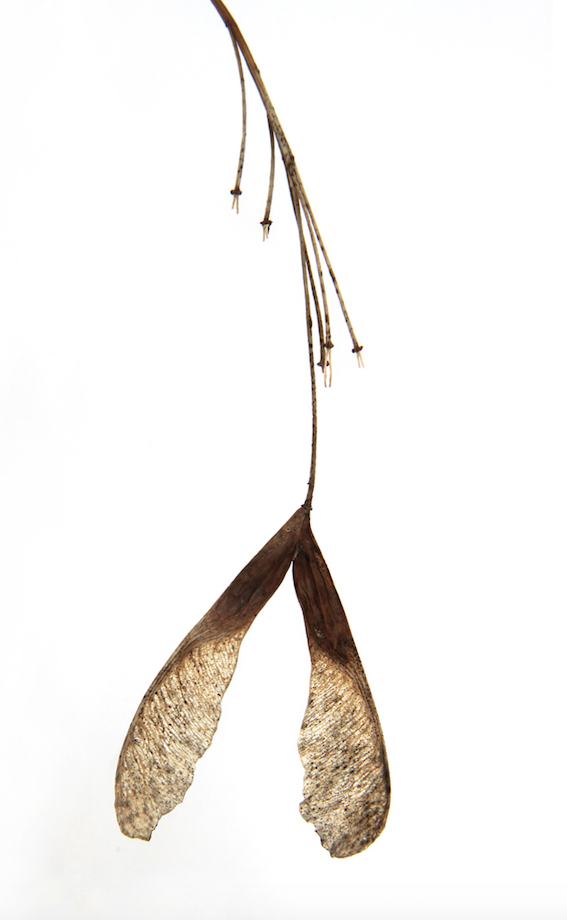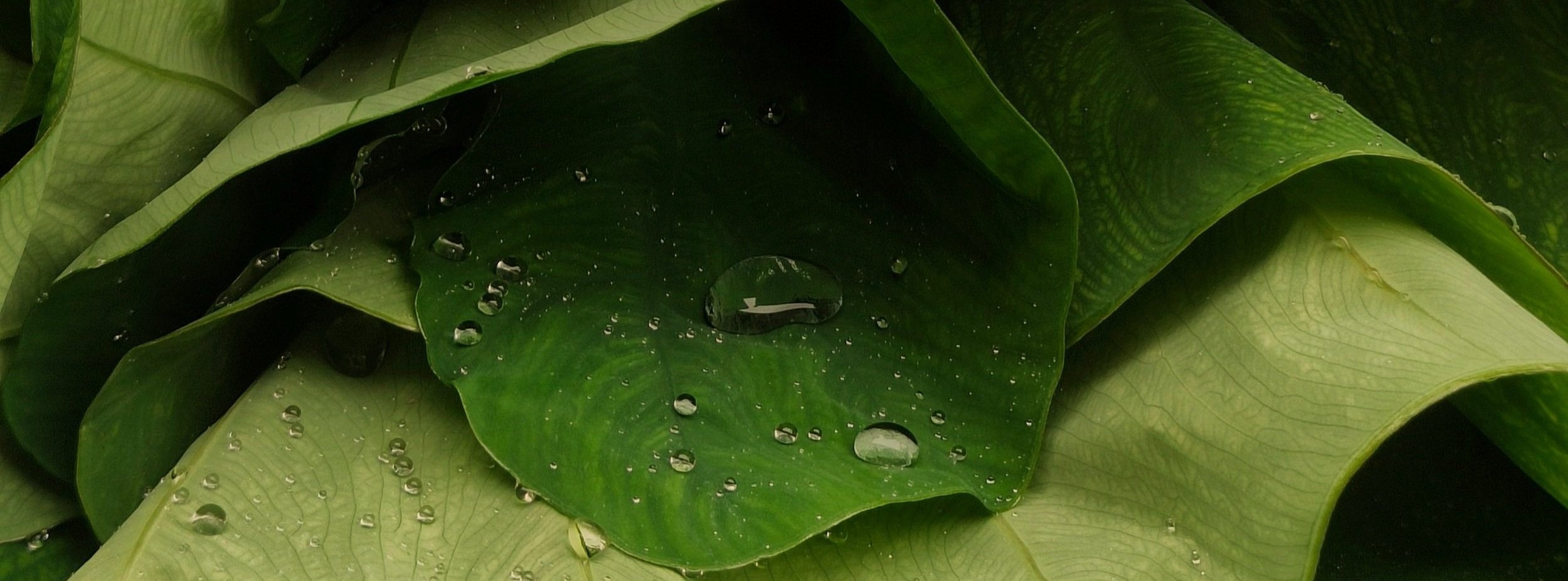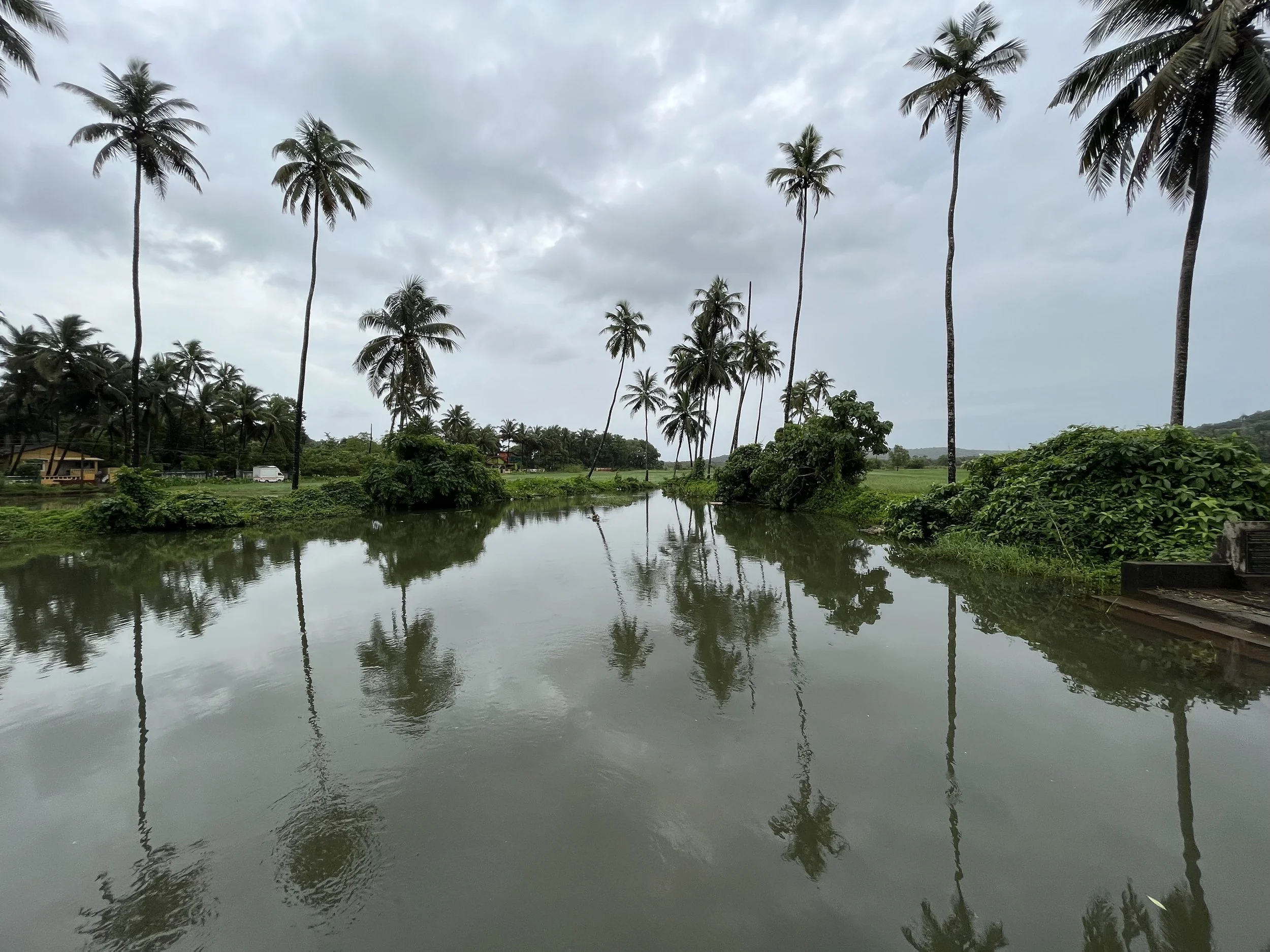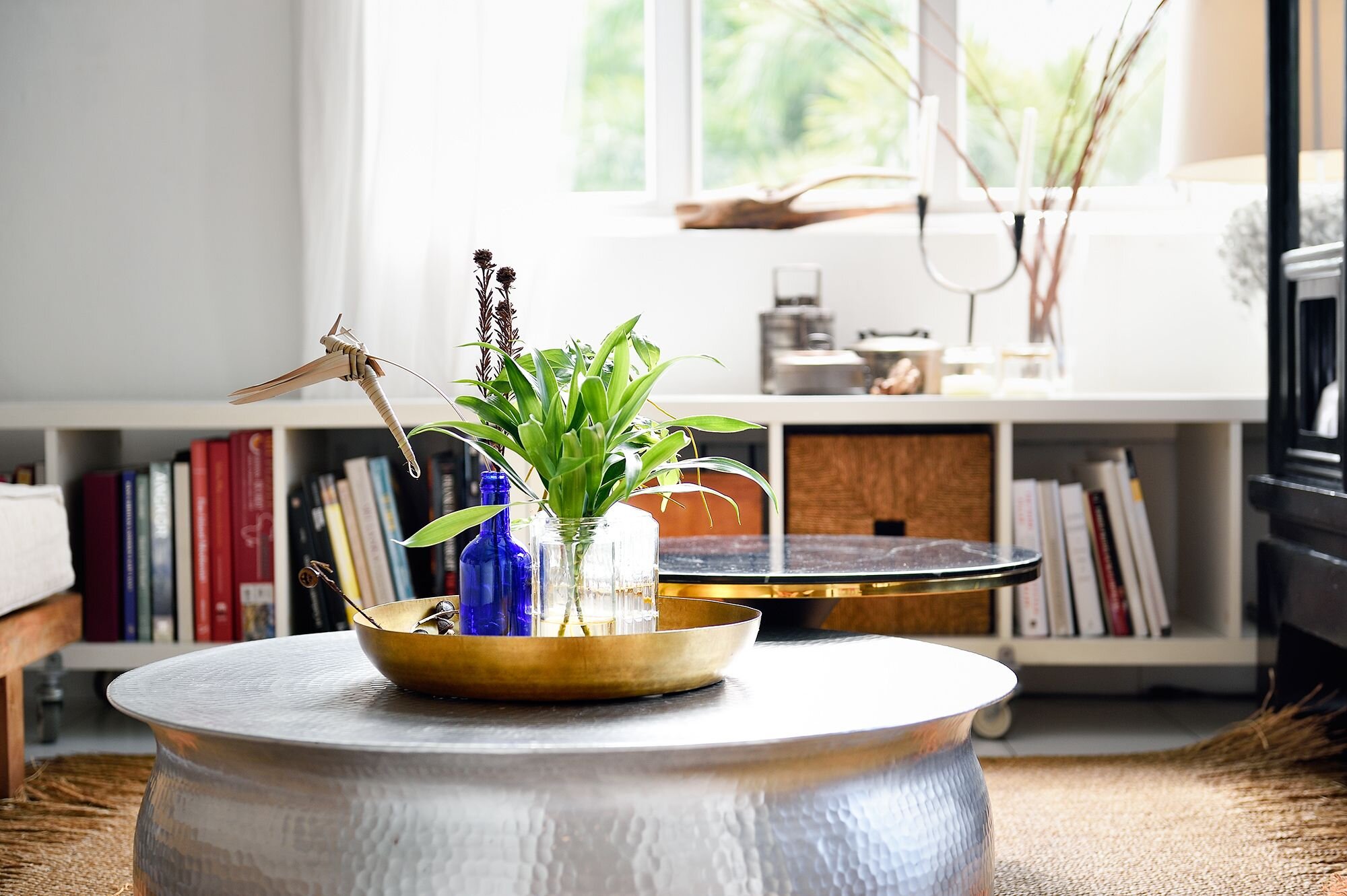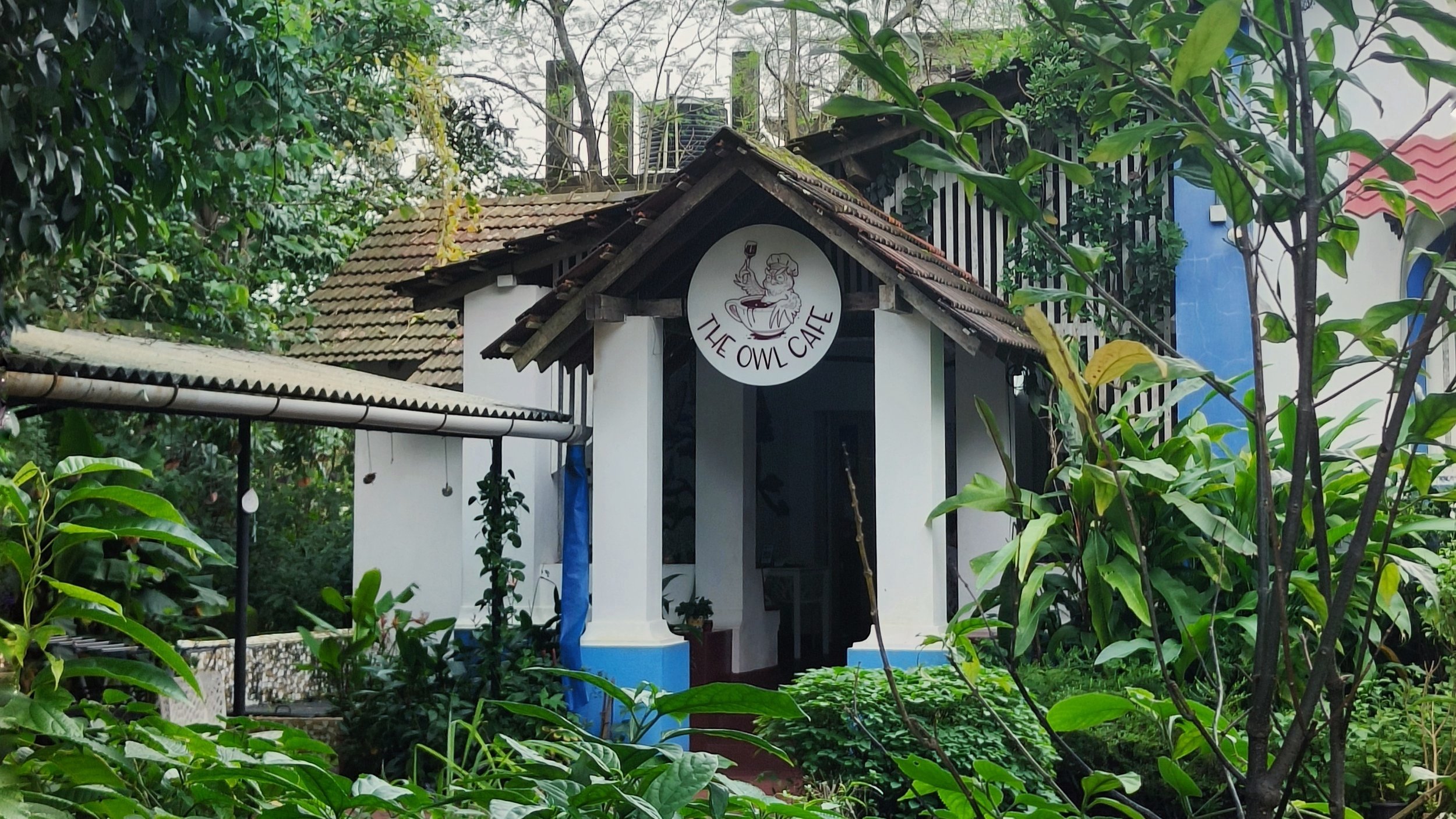Here are the main points to consider while buying a house in Goa:
Balance your desire for design goodness with maintenance requirements
BUGS:
1. Be cognizant that you will be co-living with bugs and reptiles, and sometimes monkey and bats. Insist on mosquito net screens for doors and windows. These are vital to 'resort-living' and are sadly often omitted. The mosquito nets allow the home owners to keep doors and windows open without the concern for bugs, mosquitoes and other undesired creatures from entering the house. The homeowner can in-turn enjoy the sunsets, evening breeze and an indoor-outdoor lifestyle without a compromise.
2. Avoid decorative ponds. In my experience, the decorative ponds become habitats for reptiles and can become a maintenance headache.
DAMPNESS:
3. Get closets that can breath. This is critical due to the high humidity during the monsoon period in Goa. If you plan to leave you things back in the house (as you should), then it is important to have closets that can breath. This can be achieved by using breathable materials within the closet doors, in the form of lovely cane weaving, wood louvers, canvas and even cotton curtains.
4. It is important to air-out your house in Goa. While you as a homeowner are away, it is important that the house staff or friends periodically open up the doors and windows and air the house. This is critical to avoid mold from growing in hidden corners in the house.
SECURITY:
5. Check the quality of glass used in a home. Toughened glass is the most commonly used glass for security purposes. Higher grades of security glass are also available and can be installed at a premium.
6. New technology allows for video surveillance. There is also an availability of motion sensors and special alarms that go off in case of vandalism. Panic buttons can also be introduced in each room if desired.
7. Finally, the best security is offered by watch dogs and guardsmen who can keep an eye on the property and raise an alarm when security is breached.







